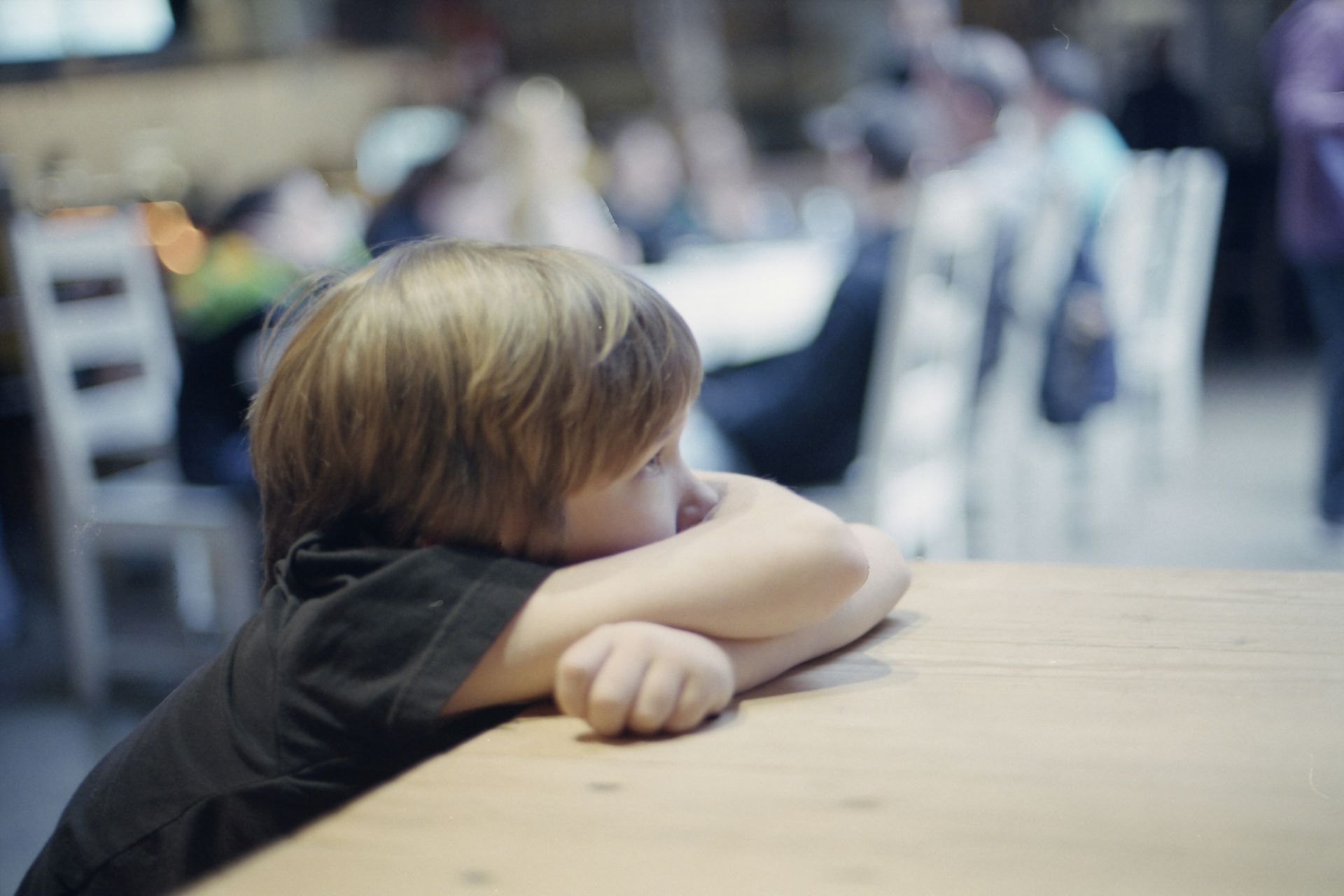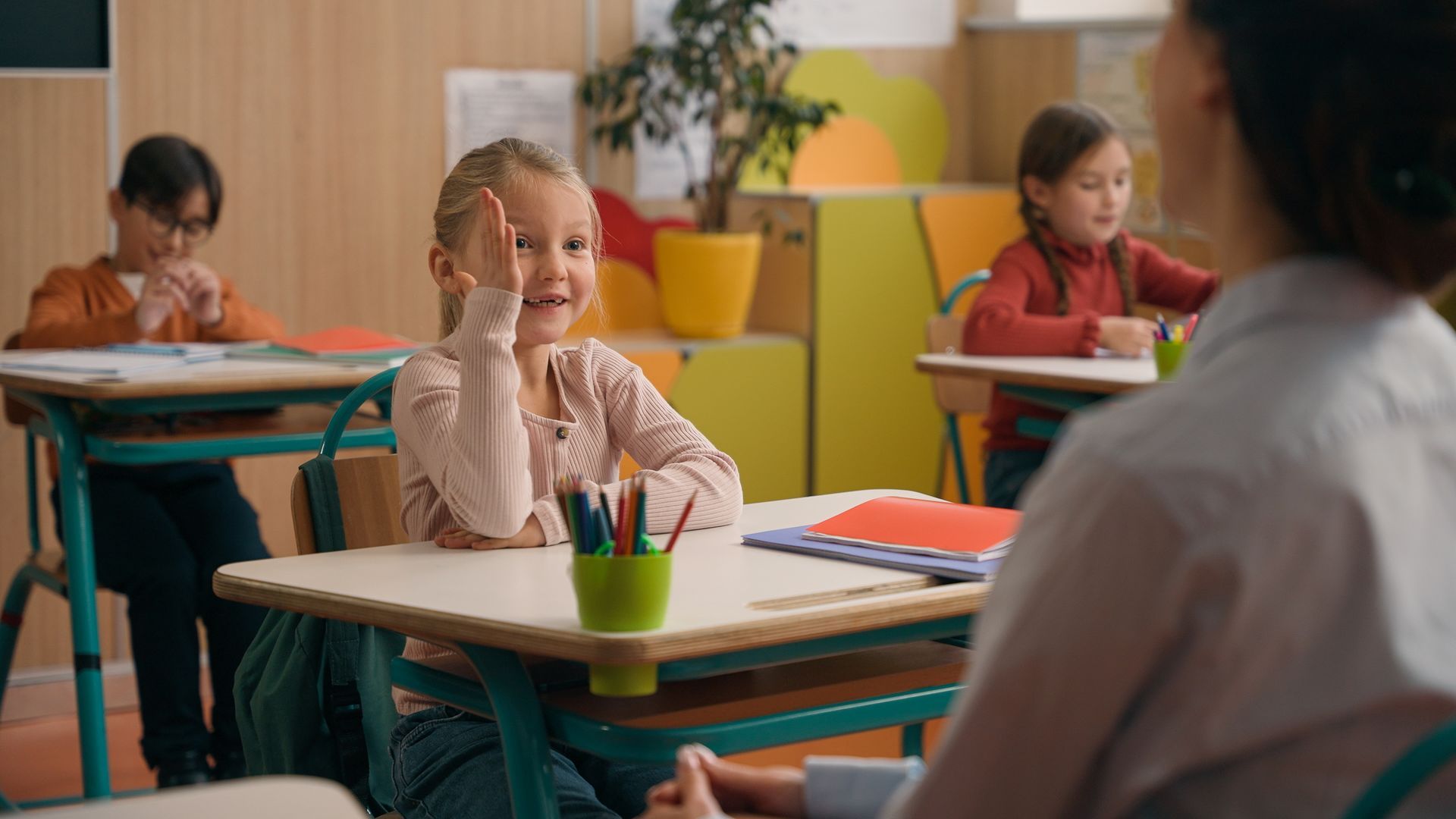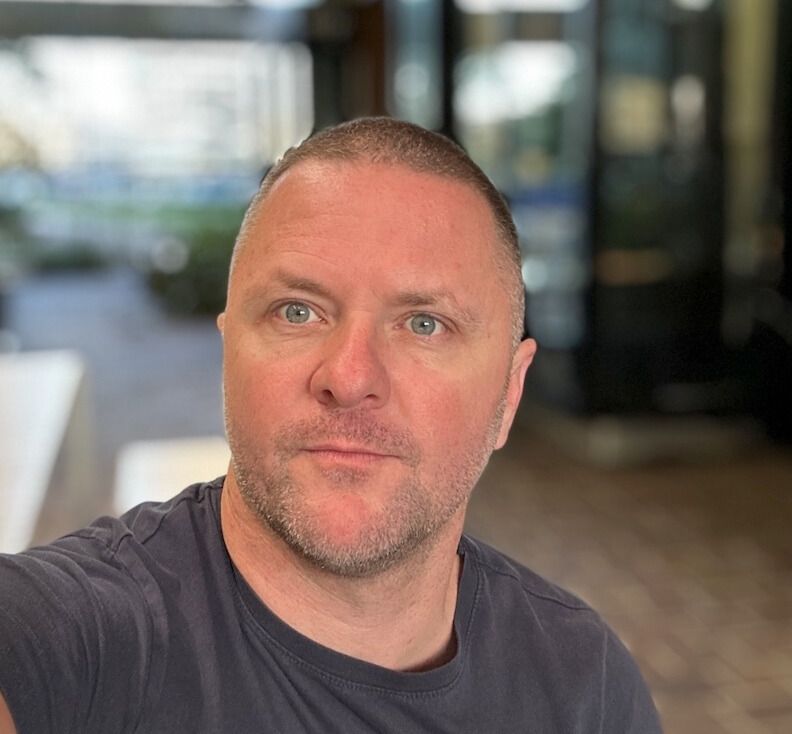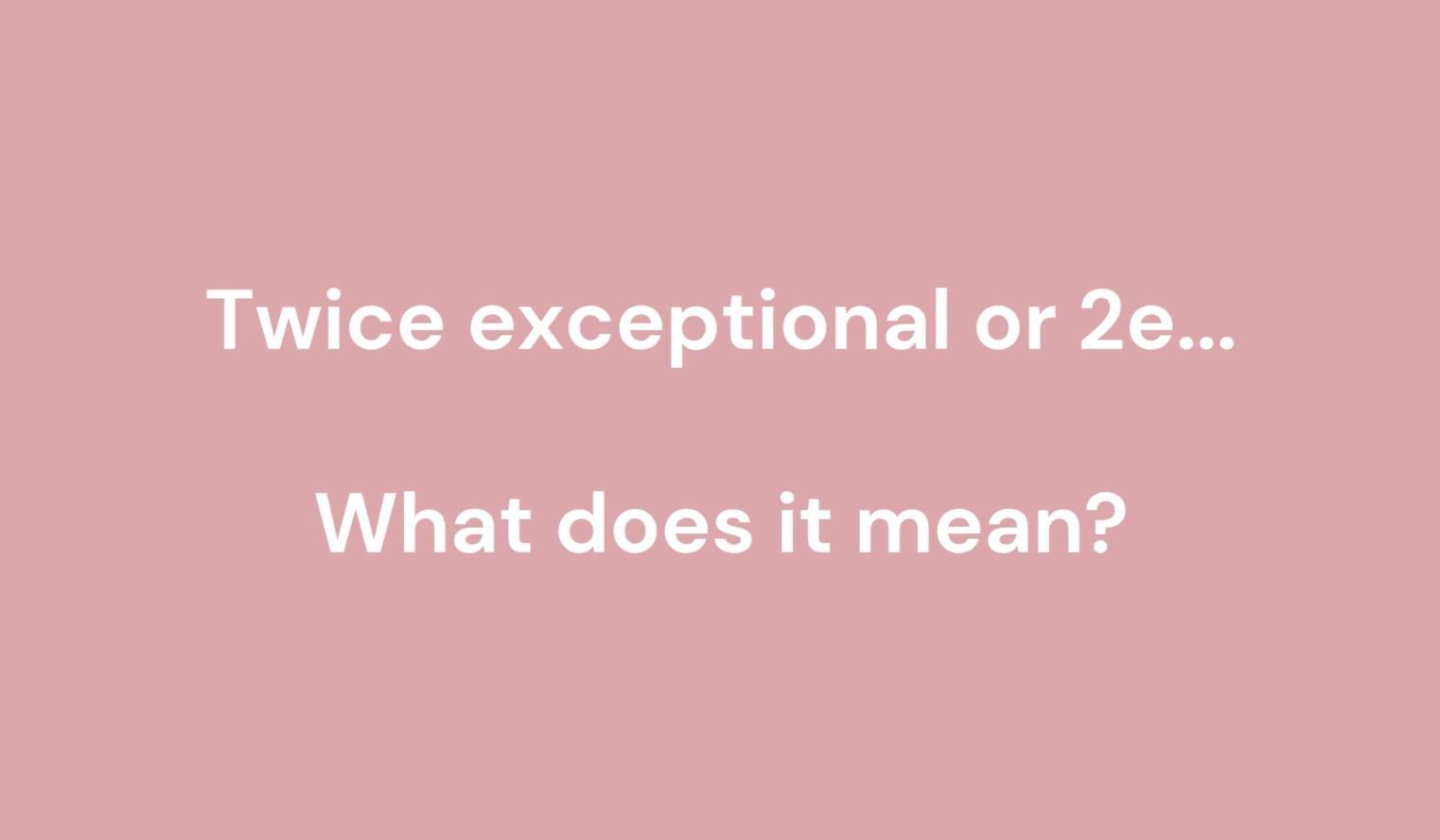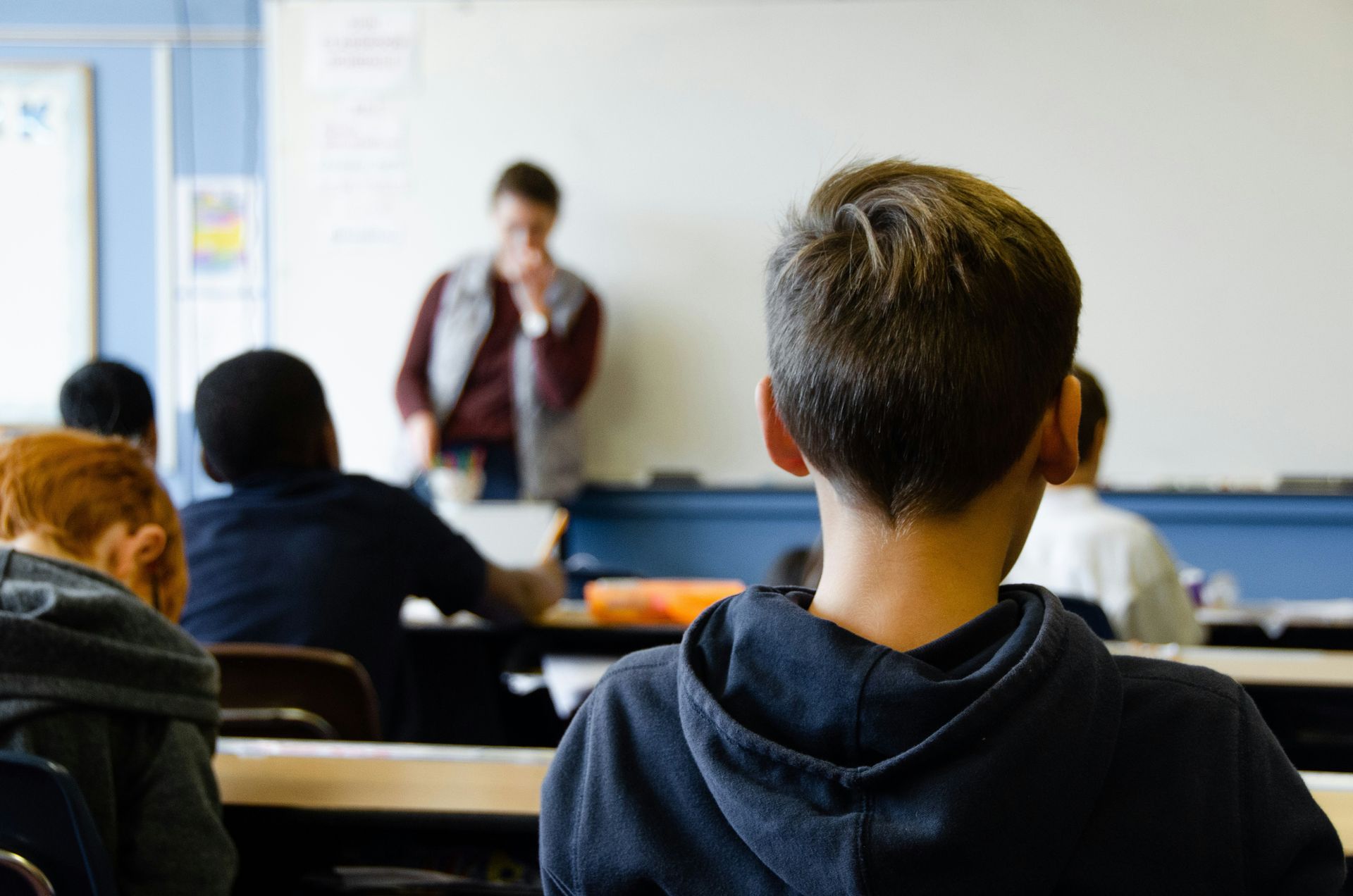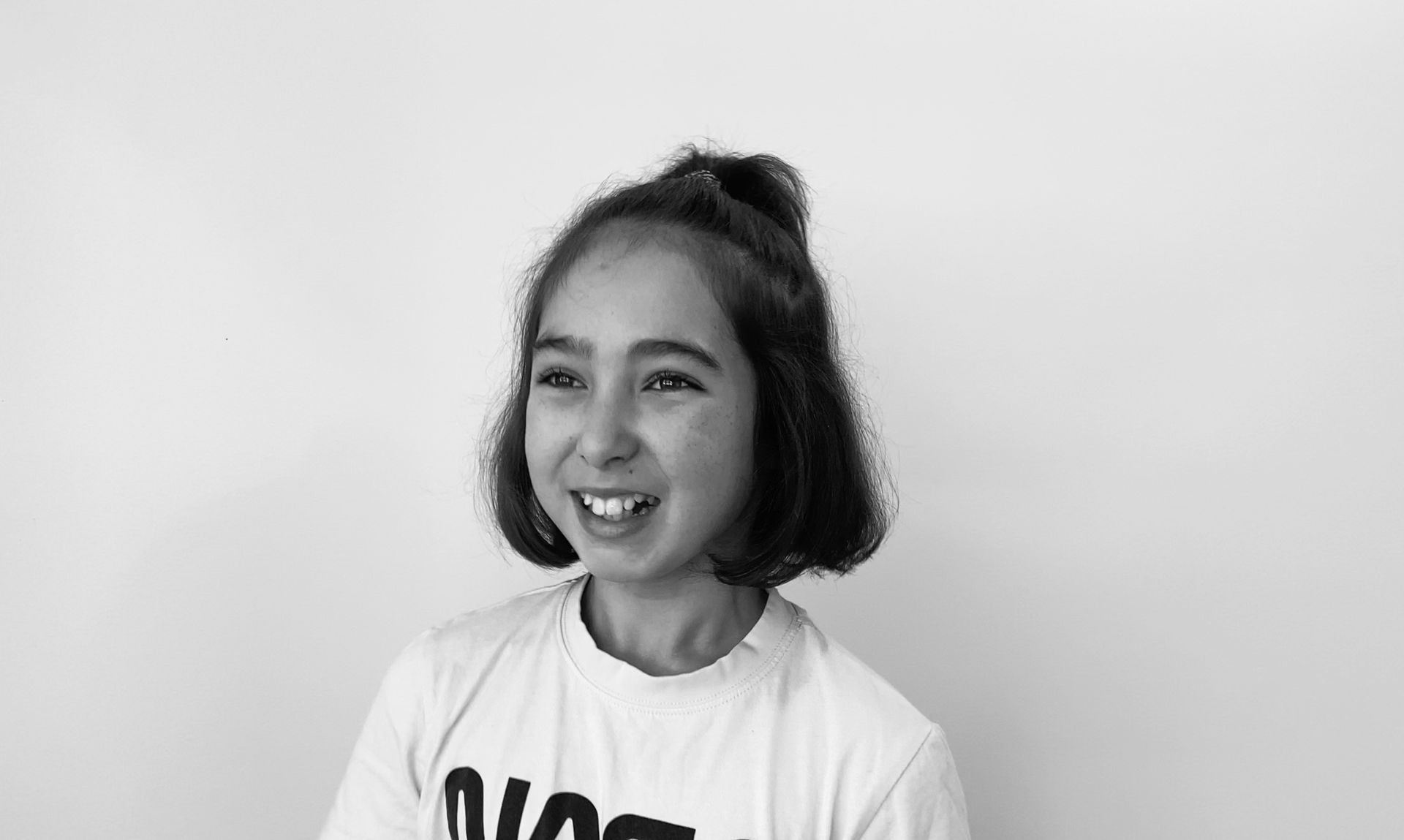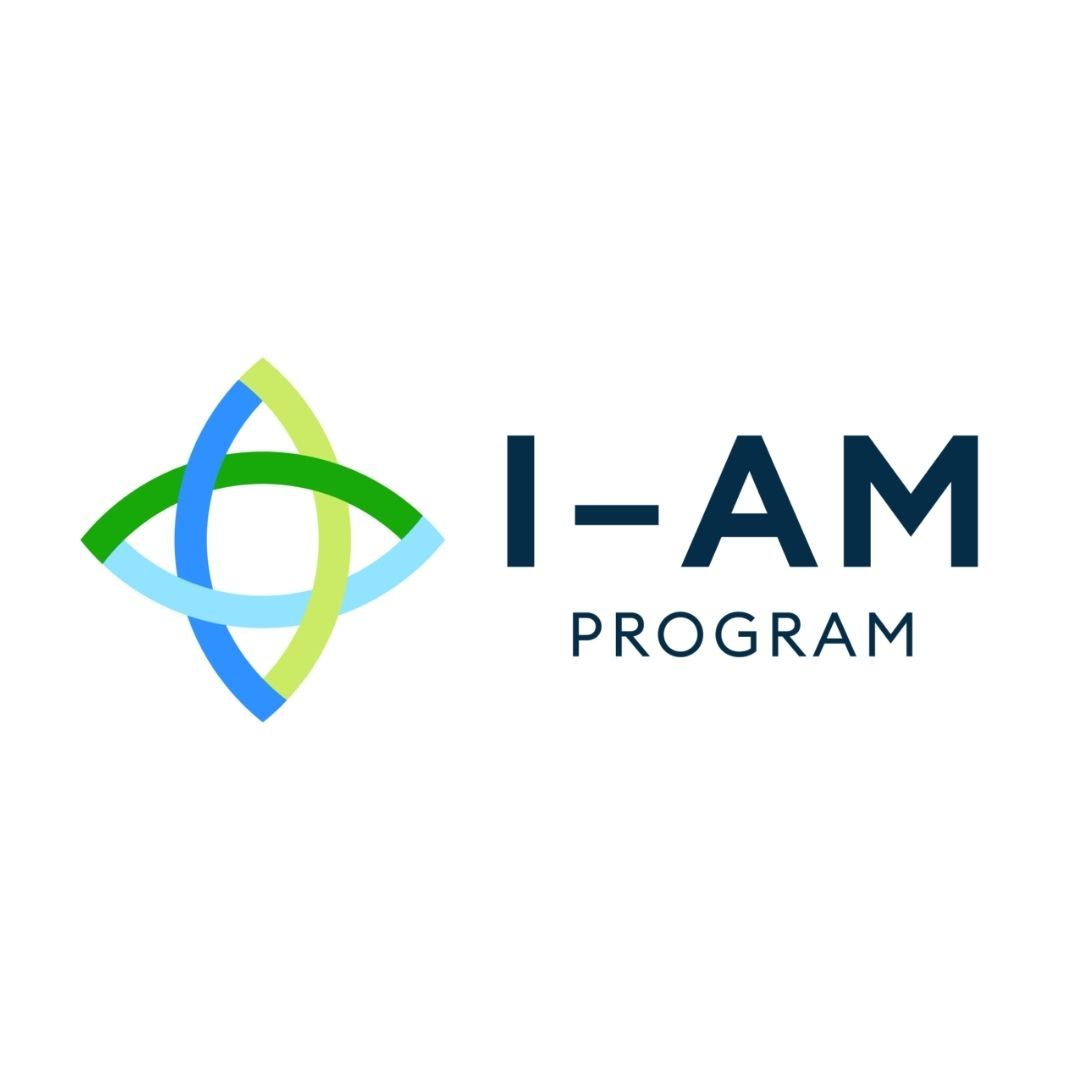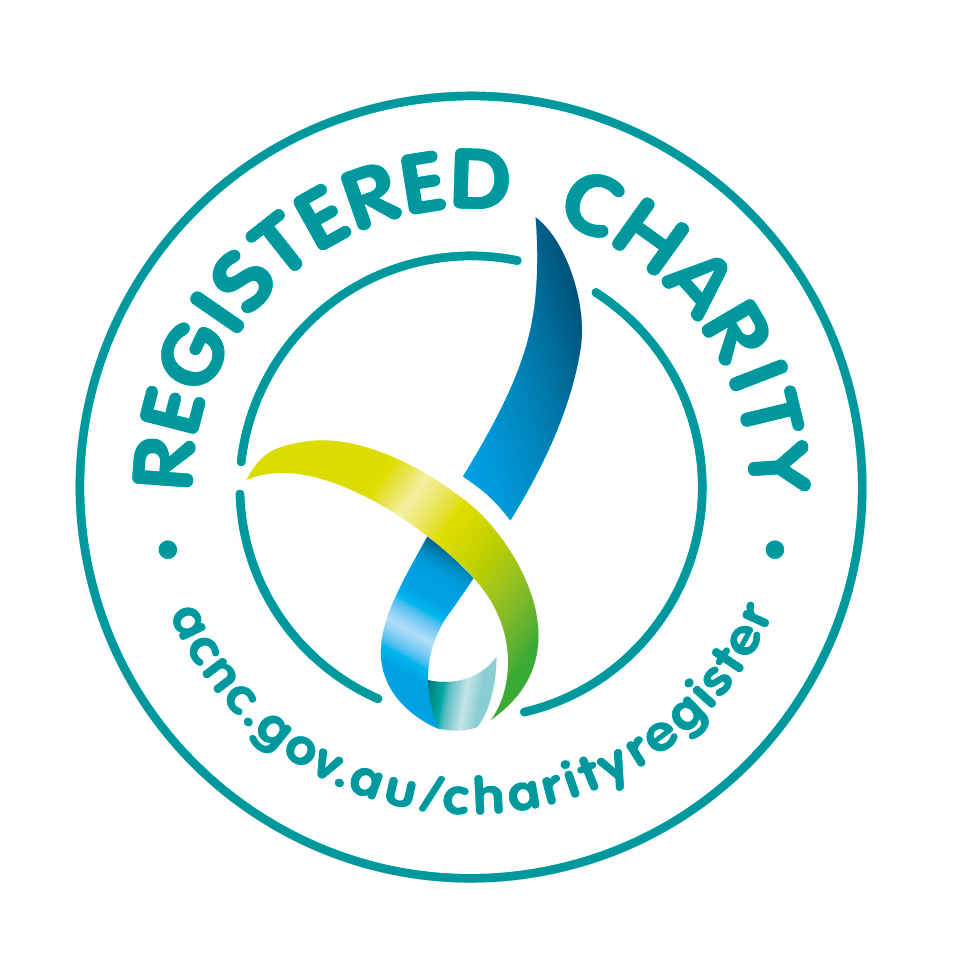Flying to New Horizons
A Unit of work for a Year 2 class with a gifted cluster
Please note: Pre-testing needs to occur because in this case, there may be students who have high potential and high interest in this subject, but who may not be identified through current school procedures or programs. Pre-testing only needs one of two questions e.g., draw a picture representing someone pushing something and someone pulling something. Draw an arrow to show direction of movement. The second question could ask how planes fly.
A ’contract’ located at the end of this unit will extend the learning content, processes and products. This could be embedded into the classroom literacy program.
Unit designed for a Year 2 class with a gifted cluster
Content description
- (General) A push or a pull affects how an object moves (ACSSU033 - Scootle)
- (Extended) A push or a pull, as well as gravity, thrust, lift and drag affects how an object moves
Elaboration
- Exploring objects that move in the air
Critical and Creative Thinking
- Inquiring – identifying, exploring, organising, processing and clarifying information and ideas
Strategies for Aboriginal and Torres Strait Islander learning
- Inclusion of Aboriginal games to identify the push/pull force
- Community links: How will this information benefit me, my family, my community -my mob?
- Story-sharing
- Kites in Aboriginal culture
- Principles of flight using boomerangs and spears
- The design of an airport as a learning map for Aboriginal students
Lesson 1
Content: What is meant by Push? Pull? Motion? Force? Using ‘push/pull’ as a force, how does an object move on land and in the water?
Process: Define using a dictionary. Discuss.
Product: Set up (choice) science stations so students can play and explore using these forces
e.g., skittles, in pairs pushing and pulling large cardboard boxes at the same time, balls using push passing, toy cars, toy wheelbarrows, pushing & pulling up/down, using ropes to tow objects, crane toys, relevant water play. Include Aboriginal games -https://www.sportaus.gov.au/yulunga
Differentiation: Choice.
Questioning: What direction do objects move when pushed or pulled?
Discuss push, pull, motion and force from their play explorations?
What objects do you push and pull during the day? (Making connections)
Lesson 2
Content: Properties of air
Process: Pre-test class on the properties of air. (Air takes up space, is made of gases, has mass and weight, exerts pressure, can be compressed, and is affected by altitude and temperature). Students who gain 50% or more in the pre-test would have an understanding of the properties of air work, so they can work in a separate (extension) group. Students conduct a variety of experiments, which can be found in many resources. The extension group work on self-designed experiments to compare the mass and strength of different materials (student selected) and how they may be moved in the wind. Predict first.
Product: Students write up conclusions to their experiment using questions: Which property of air did you demonstrate? How did your experiment explain this property? Extension group report back to the class using the same questions as well as explaining their findings regarding the various materials.
Differentiation: Grouping
Problem solving
Questioning: How is the air different on the top of a mountain than at ground level?
Using ‘push/pull’ as a force, how does an object move in the air?
What if one of the properties of air was missing? How would that change our world?
How could the knowledge of the properties of air benefit me, my family and my community?
Lesson 3
Content: Wind is moving air and can blow from different directions and at different speeds.
Process: Students share stories about their experiences with wind – why it happened, what happened and what was the result? Design a way to record the direction of wind. Draw design and list materials.
Product: Provide materials that were deemed suitable during the last lesson e.g., paper and paper products, dowel, light fabric, lace, ribbon, feathers etc. Design and make an instrument that measures wind direction. Test and modify if necessary. Use compasses to determine wind direction over a period of weeks and record.
Differentiation: Students choose personal working arrangements – singly, pairs or small groups
Inquiry-based learning
Questioning: Why is it important to measure wind direction and speed?
How might weather be affected by wind direction and wind speed?
Why might this information important for pilots?
Lesson 4
Content: Why is air necessary to fly a kite?
Process: Investigate different kite designs from different cultures – Aboriginal, Japan, Afghanistan, China etc. Use books, Internet, real kites. Investigate cultures, which practise kite flying for festivals and for leisure. Remembering previous studies and experiments on air and materials, students establish the assessment criteria for a successful kite.
Product: Design and make a kite. Fly kite and modify as necessary. ¨
Differentiation: Gifted cluster students add list of specifications to their design.
Encourage them to use accurate measurements and quantities.
Evaluate design and product using negotiated criteria.
Questioning: Describe how your kite is the same and is different from kites from different cultures - or your friend’s kite.
What properties of air enable your kite to fly?
How does a kite use a push/pull force?
Introduce the terms thrust, lift, gravity and drag. How does a kite use thrust, lift, gravity and drag?
Lesson 5
Content: How do planes fly? How do planes use push/pull? How do other flying objects fly e.g., boomerangs, Aboriginal spears, birds, insects, hot air balloons, helicopters? How do flying objects use push/pull as well as thrust, lift, drag and gravity.
Process: Study aeroplane parts and their functions. Investigate how each of the parts contribute to flight? Using mnemonics, the students work out a way to teach the parts of a plane and functions to their classmates. The gifted cluster group, with their peers, investigate the push/pull force in jet engines and propellor planes using computers or other devices. Discuss search terms. Share findings with class.
Product: Design own flying craft in singles or pairs. Diagram should show how the flying craft utilises the four - six forces and other principles of flight. Make a selection of flying craft from various materials (paper, card, polystyrene, straws, balloons, blu-tac, paper clips etc). Test by setting up obstacle courses for flying craft e.g., under desk, over chair etc. Time aloft with a stopwatch.
Differentiation: Allowing alternative choices.
Open-endedness
Depth and complexity
Questioning: Revisit the questions in the content section.
Lesson 6
Content: What is the purpose of airports? How are they designed and why are they designed that way?
Process: Guided excursion to nearest airport (Alternatively complete a virtual tour of two airports and compare and contrast). Discuss why the airport is in that location. Explore the relevant features of an airport. Where are the runways and what directions do they travel? Why? What do the numbers on runways mean?
Product: Build a model airport in pairs on tabletops. Decide whether airport is to be large or small. Include relevant features. Using a map of the local area students should be able to state location of airport and why it is in that place.
Differentiation: Depth and complexity
Gifted cluster group assign runway numbers determined by magnetic direction of runway
Questioning: How is an airport like a map?
How are airports connected to each other?
What examples of push/pull did you see in action at the airport(s) and
What roles did you see that relate to science?
Lesson 7
Content: Aeroplanes always try to take off and land into the wind.
Process: Use a compass to draw a wind rose at the student’s airport site. Using model from Lesson 3 as a windsock, set up a small electric fan to represent wind direction. Use the information from the windsock to decide which student runway to use. Choose a ‘student pilot’ to simulate the inaugural take-off and landing from the new airport using a model aeroplane (either the flying craft from Lesson 5 or a model aeroplane from a kitset). Choose another student to fly their flying craft at the same time. What are the dangers? What happens in real life to prevent these dangers e.g., radio communications, flight paths.
Product: Students fly their aircraft after establishing how they will communicate and how they will establish flight paths. Experiment with the student constructed aircraft flying from one ‘airport’ to another. (At any point where further discussion is needed, bring class back together).
Differentiation: Real world applications
Evaluate the experience
Guest speakers – pilot (private or commercial), air traffic controller etc
Questioning: Why do you think you need to be learning about forces/aircraft and airports?
If you could do a project on this subject, what area would you choose and why?
Aircraft contribute to greenhouse gases in quite a large way.
What could be some creative solutions to this problem?
Appendix 1
FLYING TO NEW HORIZONS
CONTRACT USING BLOOMS TAXONOMY
Students are to complete two activities of own choice from list below. Students must only choose one from each section. The students from the gifted cluster must select their activities from the Blue, Yellow and Green sections.
Red (Knowledge and Comprehension)
- Locate and explain three news items to do with aviation.
- Make an aviation timeline showing the development of aircraft this century.
- Describe the Beaufort Scale.
- Make a chart showing the symbols airlines use to represent themselves.
Purple (Application)
- Show how seeds use flight to reproduce themselves.
- Using a series of diagrams show how birds fly.
- Investigate futuristic aircraft on various websites. Note designs and any use of specifications. Choose one to reproduce and include fun facts.
- Construct a model airplane from a kitset by following the instructions.
Blue (Analysis)
- Compare and contrast an A380 jet with a Piper Chieftain. (You can do this as a report or by using diagrams).
- Read the Greek myth of Daedalus and write a paragraph discussing what events in this story would not have happened and why.
- What other people are involved in flight – past and present? e.g., da Vinci, Wright brothers, Lindbergh, Dick Smith, Amy Johnson, Jean Batten, Bernoulli. Choose an ‘aviator’ and research. Dress up as this aviator and prepare a talk on how you have used your gifts and skills to help humans progress.
- What is estimation? Prepare a maths sheet showing how you could use estimation to gauge how high a kite is flying.
Yellow (Synthesis)
- Examine the shapes of the boomerangs on the display table. Design and make a boomerang of your own. Test for flight.
- Investigate the work of the Careflight or Westpac helicopter, then design a fundraising campaign explaining to others why this service warrants their support. Implement your campaign.
- Create a toy that uses a push/pull motion.
- What is gravity? Design a science experiment that demonstrates gravity, Share with the class.
Green (Evaluation)
- Design an airport using Minecraft. Why is this a good design?
- Read the safety instructions from passenger airliners. Decide if they are adequate. Give reasons for your answers. What new safety instructions would you suggest?
- The Enola Gay, a B52 bomber was used as an instrument for death and destruction when it dropped the world’s first atom bomb on Hiroshima, Japan. Should the Wright brothers have predicted that aeroplanes could be used for evil purposes and kept their invention a secret? Clarify facts and identify issues. Lead a group discussion and as individuals identify their position that the Wright brothers should have taken, they write 1-2 reasons why. Organise each group to share.
- How has the history of flight affected our world? Judge whether these changes are for the better or for the worse. Write an information report.
Created by Lynda Lovett
Disclaimer: The views and opinions expressed in this blog are those of the author and do not necessarily reflect the official policy or position of the AAEGT.
Share this resource
Resources
